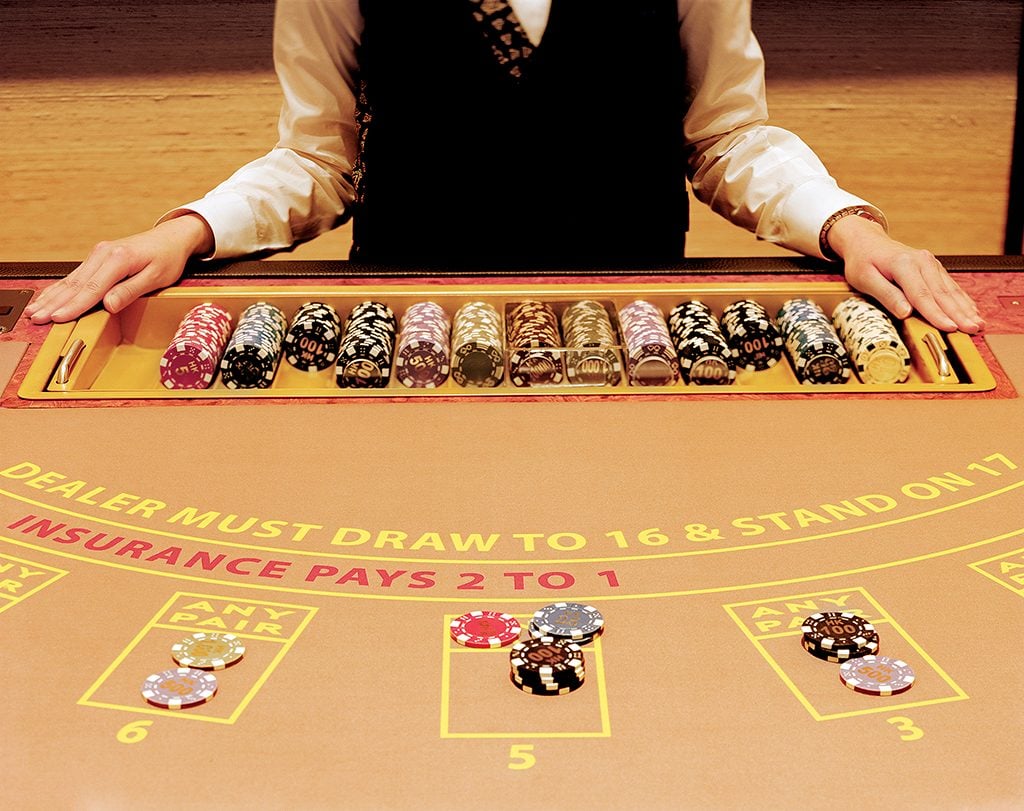
Gambling games have long captivated the human imagination, drawing players into a universe filled with luck, planning, and the allure of adventure. casino online migliori Each experience is carefully crafted not just for entertainment, but also to inspire targeted emotional responses that keep players engaged and invested. Understanding the drives behind these designs reveals much about how psychology plays a vital role in the gaming experience.
From the dazzling lights and vibrant sounds to the sophisticated layering of guidelines and incentives, casino games are designed to create an atmosphere of thrill and anticipation. Game designers leverage behavioral strategies to influence gambler behavior, whether through the use of winning opportunities, close-call situations, or community engagement. By examining these elements, we can better appreciate how casino games fulfill not just a need for entertainment, but underlying psychological needs for thrill and risk.
Comprehending Player Actions
Casino games are engineered with a deep understanding of player psychology, which is crucial for luring and holding players. The rush of the game, coupled with the expectation of winning, creates a powerful allure. Game designers utilize elements like audio cues, vibrant graphics, and captivating gameplay to engage attention and evoke emotional responses. These sensory experiences enhance the immersive experience, making players feel more involved in the game.
Another important aspect of player behavior is the notion of risk versus reward. Casino games often manage high-stakes situations with the potential for considerable rewards, which can result in the phenomenon known as near-miss effect. When players come near to winning, the brain secretes dopamine, reinforcing their behavior and prompting them to continue playing in quest of that elusive win. This cycle of anticipation and disappointment plays a crucial role in how games are constructed and promoted.
Lastly, community aspects also play a critical role in player behavior at casinos. Many games are crafted to be played in teams or alongside other players, fostering a sense of belonging and collective experience. The community engagement inherent in games like baccarat enhances enjoyment and can culminate in extended gameplay. Designers leverage on this by crafting environments that prompt players to linger, interact, and revisit, making the overall casino experience more appealing.
The Role of Imagery and Sound
Imagery and audio play a significant role in improving the player’s experience within casino games. Designers utilize vibrant colors, eye-catching graphics, and captivating animations to capture players’ attention and sustain their focus. The use of motifs, such as exploration or opulence, helps create an enthralling atmosphere that takes players into a different world. By appealing to the senses, these elements contribute to a intensified emotional response, encouraging players to interact more profoundly with the games.
Sound design is equally important in reinforcing the overall experience of casino games. The mix of background music, audio effects for winning combinations, and environmental noises creates an auditory landscape that holds players enthralled. Audio cues associated with wins, such as chiming bells or festive music, evoke feelings of excitement and satisfaction, prompting players to continue playing. These audio cues are carefully placed to amplify the thrill of the game and create a more engaging experience.
Additionally, the alignment of imagery and audio is important for reinforcing the game’s overall concept and mood. Each element should coordinate harmoniously to create a cohesive experience that draws players in. The effective use of this integration not only improves user satisfaction but also increases the likelihood of repeat play, as players become more engaged in the captivating world that the gambling games offer. This thoughtful integration of visuals and sound ultimately enhances player engagement and commitment.
Reward Structures and Engagement
The development of gambling experiences greatly relies on reward structures to ensure players involved and coming back for more. These structures are based in psychological theories that take advantage of human behavior and desire. Players are often driven by the thrill of success, which is supported by immediate feedback through the game’s mechanics. This prompt satisfaction not only enhances the overall experience but also cultivates a sense of achievement, encouraging participants to keep participating in hopes of bigger gains.
Casinos implement various incentive systems, including large payouts, bonuses, and multipliers, to engage players. These elements create a level of thrill that sustains engagement. Additionally, the randomness of results plays a crucial role in sustaining interest. The intermittent reinforcement schedule, where wins are random but occur often enough, maintains players on edge and driven to continue participating. This cycle of hope and anticipation is essential to the success of casino games.
In addition, community aspects, such as tournaments and collaborative options, boost the engagement factor by leveraging the desire to compete of participants. The shared experience of playing with fellow participants can amplify the excitement of winning and create a sense of community within the casino. By integrating these community elements with efficient incentive structures, casino games don’t just offer entertainment but also foster a deeper bond among players, reinforcing their loyalty to the overall experience.
